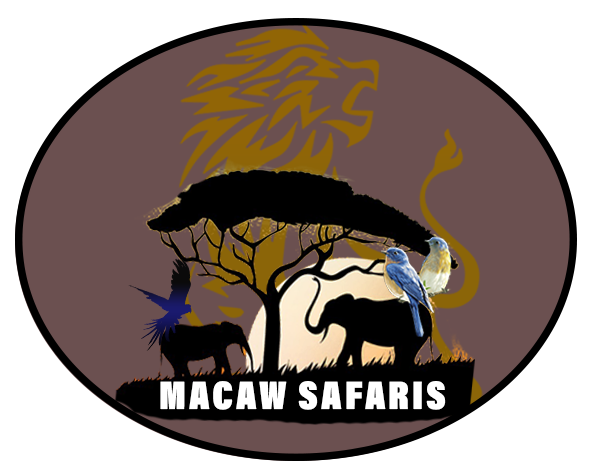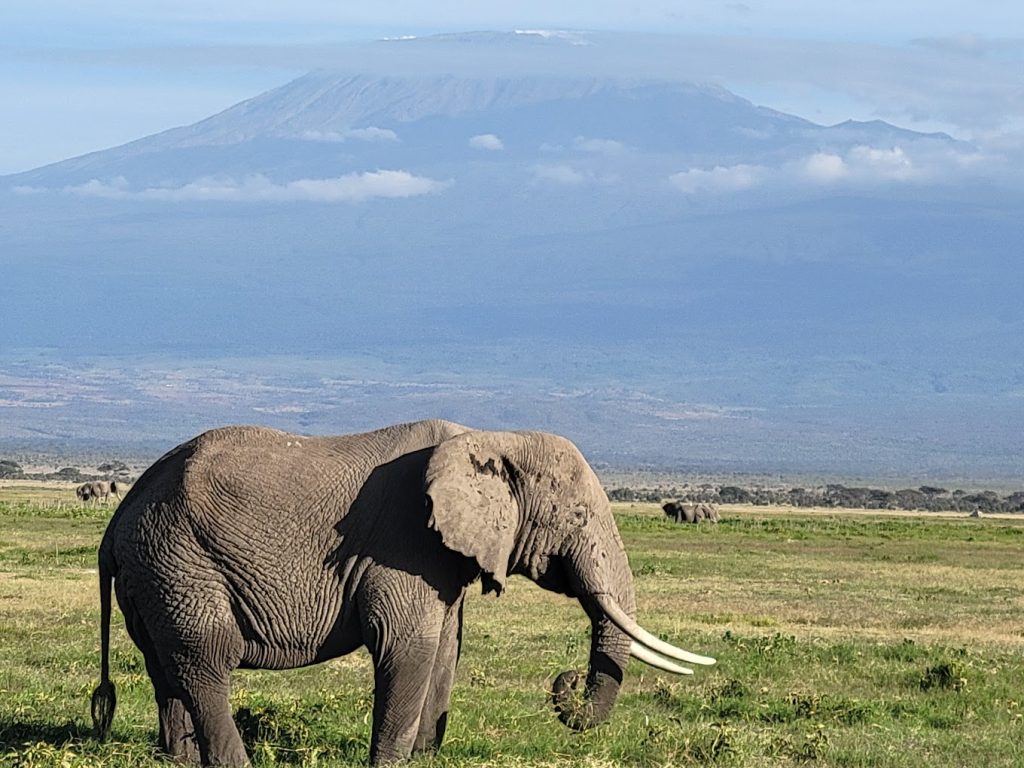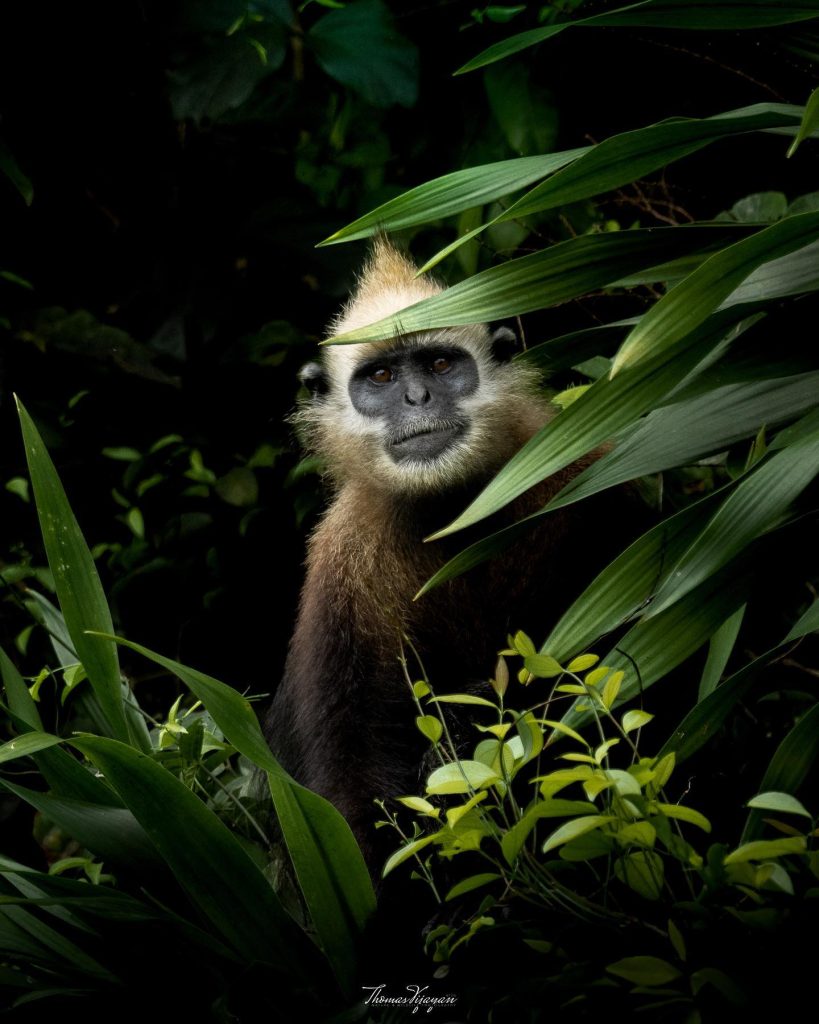The Green Iguana (Iguana iguana) is one of the most recognizable and widespread reptiles in Central and South America. Known for its vivid green color, long tail, and dinosaur-like appearance, this arboreal lizard has become a favorite among wildlife enthusiasts and exotic pet owners alike.
What is a Green Iguana?
The Green Iguana is a large, herbivorous lizard that can grow up to 6 to 7 feet in length, including its tail. While young iguanas are bright green, adults often turn a duller green, gray, or even orange during breeding season. One of their most distinctive features is the dewlap, a flap of skin under the chin, and a row of spines along the back and tail.
These reptiles are excellent climbers and swimmers, often seen basking in trees near rivers or escaping into water when threatened.
Natural Habitat and Distribution
Native to Central and South America, Green Iguanas thrive in rainforests, riverbanks, and coastal areas. They’ve also been introduced to parts of Florida, the Caribbean, and Hawaii, where they sometimes become invasive due to a lack of natural predators.
Diet and Behavior
Despite their intimidating size, Green Iguanas are strictly herbivores, feeding on leaves, fruits, and flowers. They are diurnal, active during the day, and often spend hours basking in the sun to regulate their body temperature.
Green Iguana Conservation Status
The Green Iguana is currently listed as a species of Least Concern by the IUCN, but populations are affected by the pet trade, habitat loss, and hunting for meat and leather in some regions. In places where they are invasive, like Florida, they can damage native ecosystems and human infrastructure.
Why the Green Iguana Matters
Green Iguanas play a crucial role in seed dispersal and vegetation control in tropical ecosystems. They are also important in the exotic pet trade, though responsible ownership and habitat awareness are key to preventing ecological harm.
Whether admired in the wild or cared for as a pet, the Green Iguana is a captivating reptile that highlights the diversity of tropical wildlife. Conservation efforts and education can help ensure this ancient-looking lizard continues to thrive in its natural habitats.


